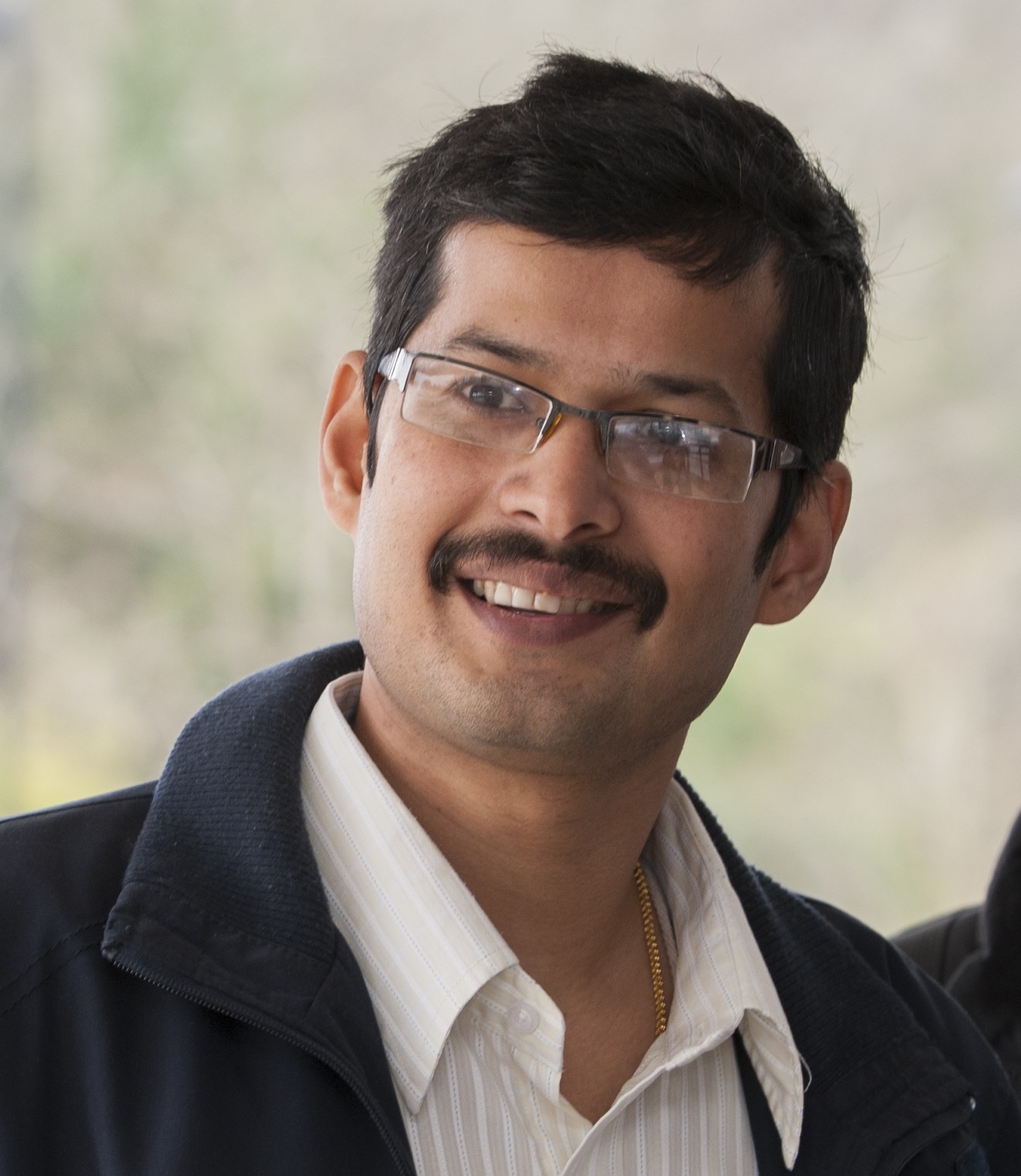How green is my planet?
Scientists at the University of Southampton have devised a new method of examining how much of the earth's surface is covered by vegetation and assessing the state of health of the foliage. The European Space Agency (ESA) has recognised the value of this information which is likely to be a vital tool for researchers examining models of terrestrial productivity, gas exchange and climate change.
Dr Jadunandan Dash and Visiting Professor Paul Curran from the School of Geography use data from an instrument called Medium Resolution Imaging Spectrometer (MERIS) on board the world's largest environmental satellite, Envisat.
It measures reflected radiation in visible red and near-infra red wavelengths. This information, in turn, is used in a tool called the MERIS Terrestrial Chlorophyll Index (MTCI), which has been an ESA operational product since 2004.
MTCI combines information on the extent of the planet's green areas along with an assessment of the amount of chlorophyll in the leaves to produce detailed images of chlorophyll content per hectare or other unit area.
Chlorophyll is the molecule in plants which turns leaves green and absorbs sunlight, using its energy to synthesize carbohydrates from carbon dioxide and water. Oxygen is also produced in this process. The amount of chlorophyll in plants plays an important role in determining how healthy they are. The MTCI global composites can be used to estimate relative and land cover and specific chlorophyll content in space and time.
Images taken in March and August clearly show differences in chlorophyll content between the northern and southern hemispheres. In both maps, the tropical rainforests had relatively high MTCI levels, but even in the centre of these forests there is a change in values between March and August.
Professor Curran commented: "This product enables us to hold a mirror up to our planet and observe, on a regular basis, just how healthy it really is."
These global composite images are being produced weekly and monthly by the UK Multi-Mission Product Archive Facility (UK-MMPAF) and are the only available terrestrial chlorophyll products from space.
Related Staff Member
Related Staff Member
Notes for editors
- Digital images available on request.
- The University of Southampton is one of the UK's top 10 research universities, with a global reputation for excellence in both teaching and research. With first-rate opportunities and facilities across a wide range of subjects in science and engineering, health, arts and humanities, the University has around 20,000 students and 5000 staff at its campuses in Southampton and Winchester. Its annual turnover is in the region of £274 million.
Southampton is recognised internationally for its leading-edge research in engineering, science, computer science and medicine, and for its strong enterprise agenda. It is home to world-leading research centres, including the National Oceanography Centre, Southampton; the Institute of Sound and Vibration Research; the Optoelectronics Research Centre; the Textile Conservation Centre.

